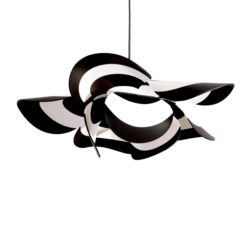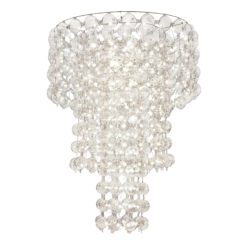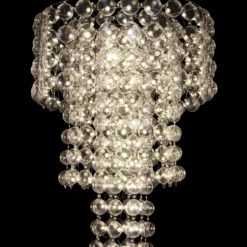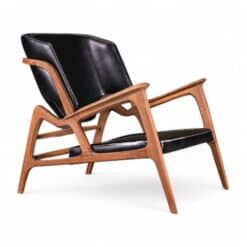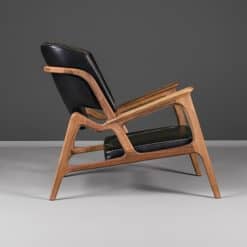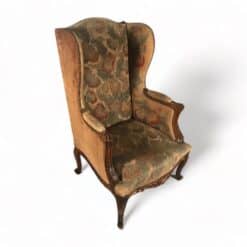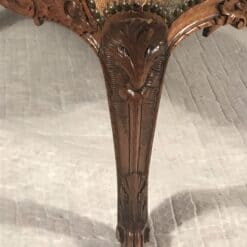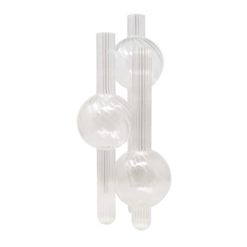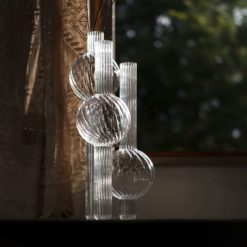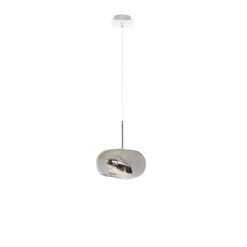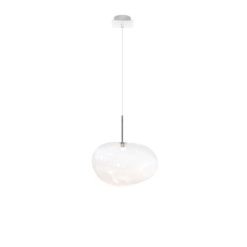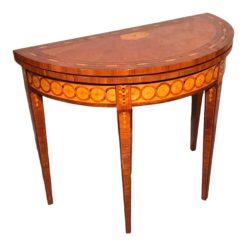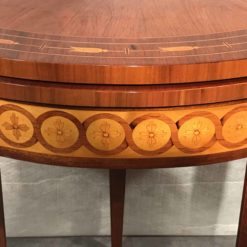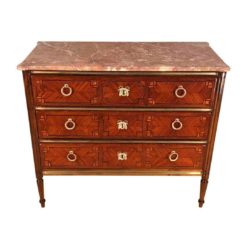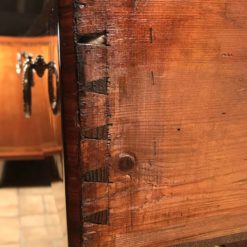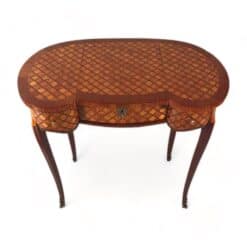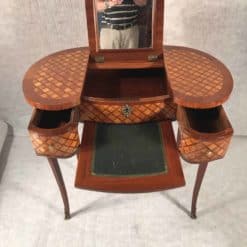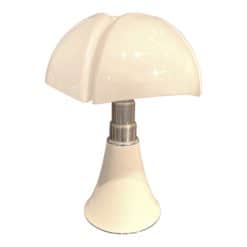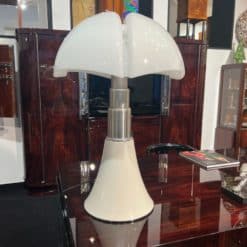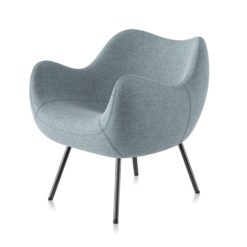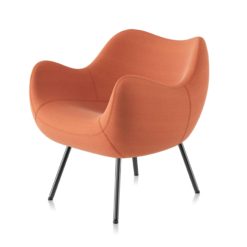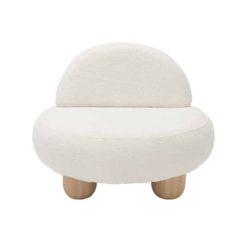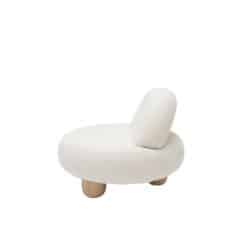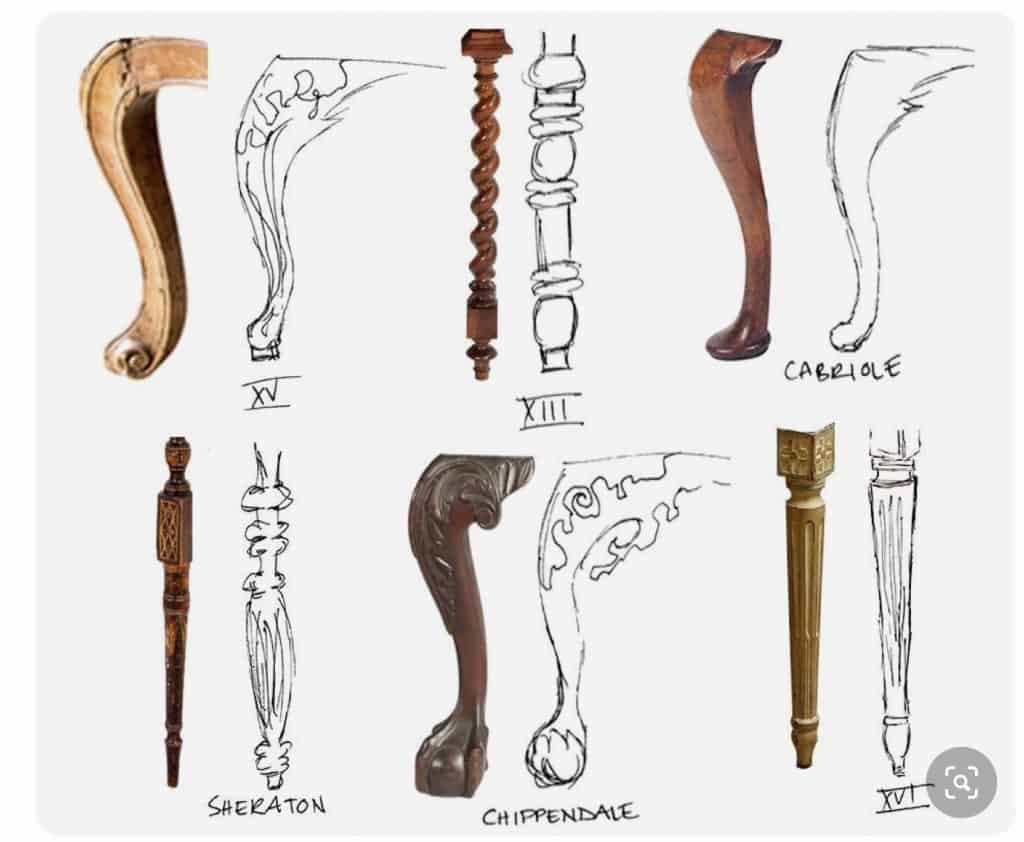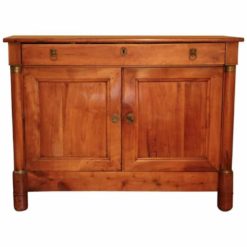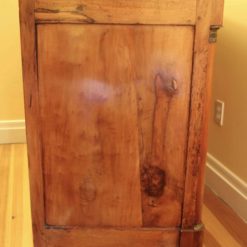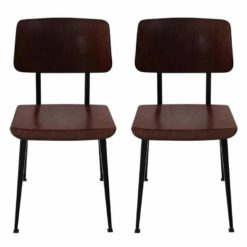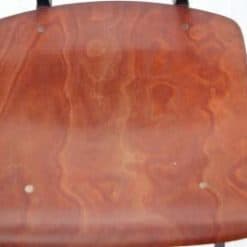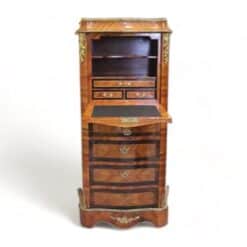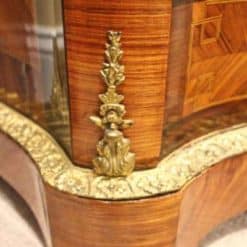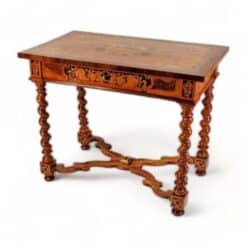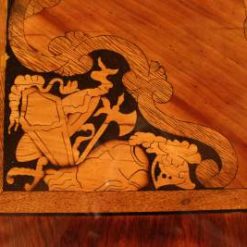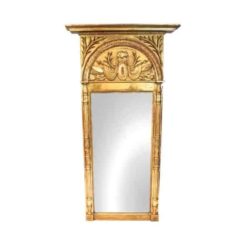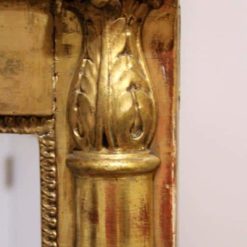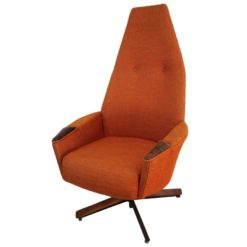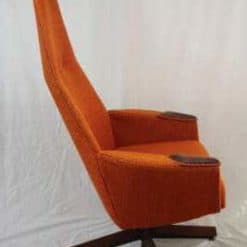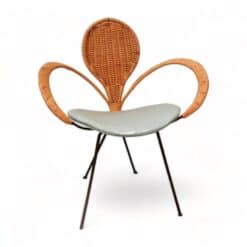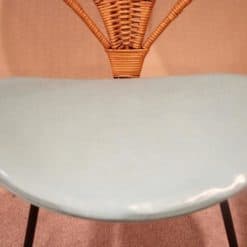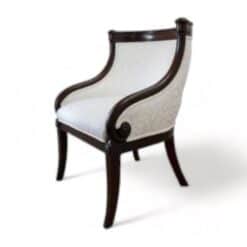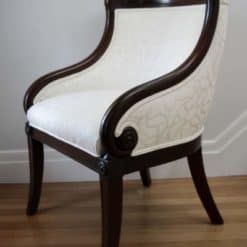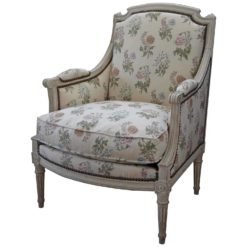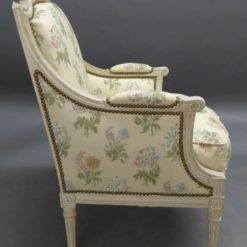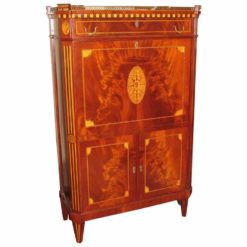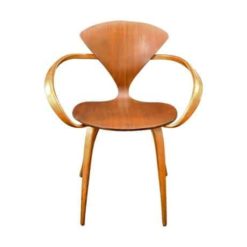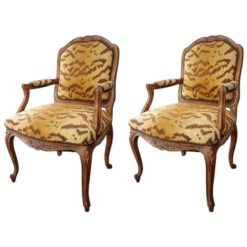Best Sellers
Furniture, Styylish History
A Guide to Antique Furniture Leg Styles
Furniture Leg Styles 101
Furniture leg styles do more than complete the look of a piece. They are also accommodating for identifying different styles of antique furniture styles, such as the manufacture date, especially when studied in combination with foot styles.
Learning about various designs helps you properly recognize the piece’s period and create a diverse collection of fixtures in your home.
Check out some of the timeless (and not so much) antique furniture leg styles.
Adam Leg
Named after Robert Adam, an 18th-century furniture designer, these legs typically have the same width along the length, ending in a slightly rounded foot.
Sometimes, this furniture leg style has intricate carvings along the sides. Look for scrollwork mirroring the infinity symbol on a flattened ball shape.
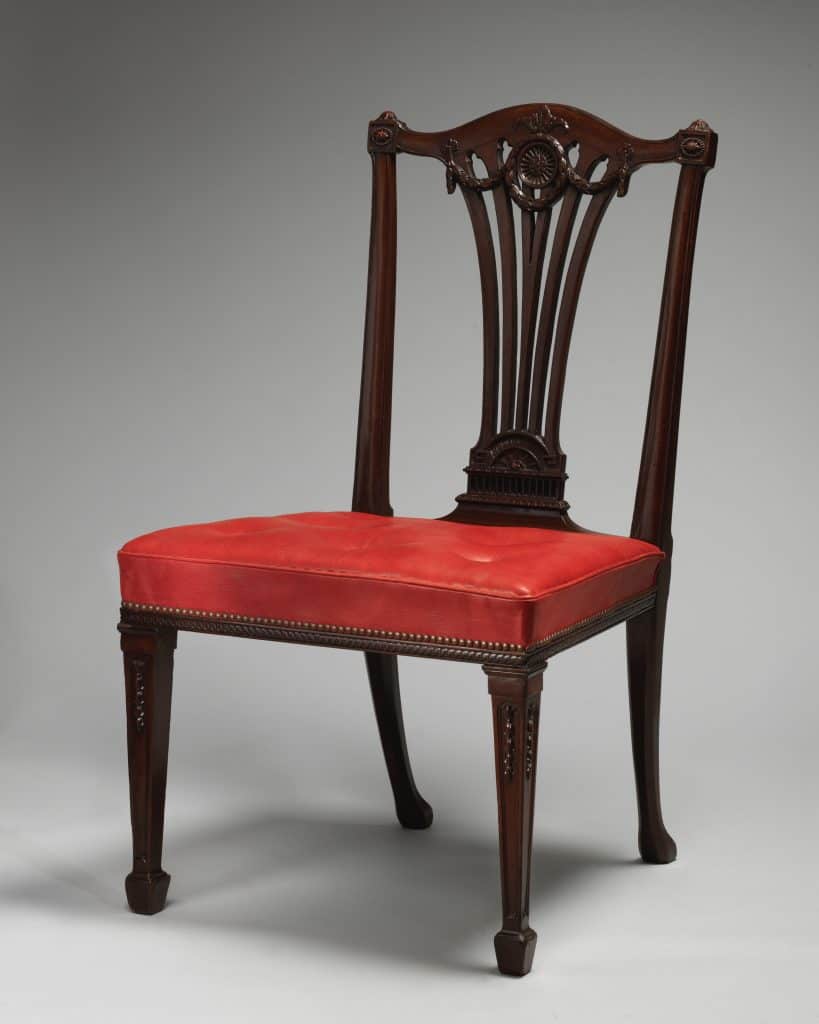
Bobbin Leg
Bobbin legs have little spool-shaped horizontal embellishments created with a lathe. Some pieces feature squared sections that interrupt the bobbins. For the most part, pieces from the late 17th century have bobbin legs.
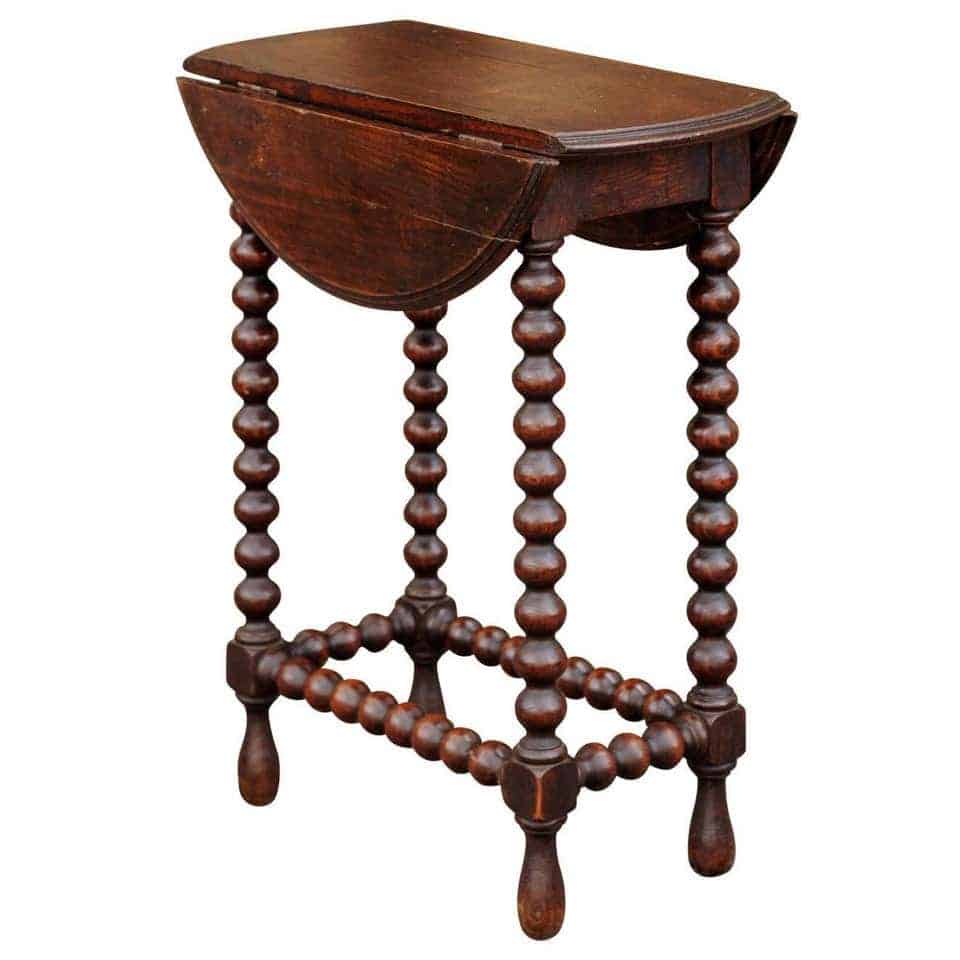
Baluster Leg
This furniture leg style is similar to the Adam leg in that the width generally is the same for the length of the leg.
Baluster legs are usually found on 17-century pieces and mirror the balusters in staircase railings. Legs also have some small lathe scrolling at the top and bottom quarters.

Cabriole Furniture Leg Styles
Cabriole is one of the most popular furniture leg styles, particularly in the early to mid 18th century.
Inspired by the shape of a jumping goat’s leg, it features outward-curving knees and inward-curving ankles which end in a decorative foot.
This style is affiliated with Queen Anne and Chippendale antique furniture, as well as reproductions that mix multiple designs. It reappeared briefly during the Edwardian period.
Also found fairly often in French Louis XV furniture, cabriole legs frequently end in a ball and claw foot or pad-shape. These two shapes are also common in Chippendale pieces.
In Queen Anne, on the other hand, the pad is the predominant foot design. Lowboys, side tables, dining chairs, and display cabinets in this style usually have cabriole legs.
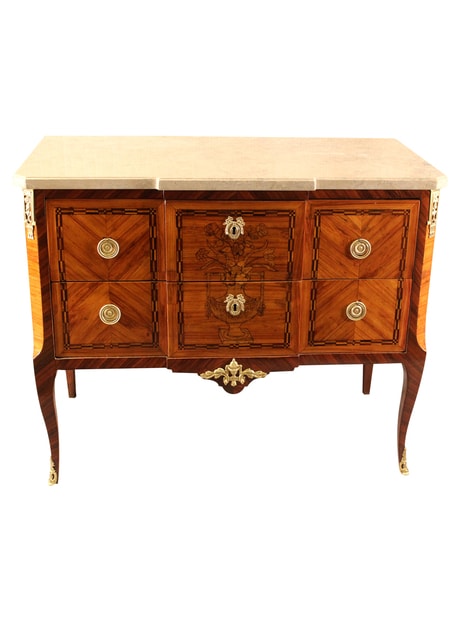
Plain Cabriole
Plain cabriole legs have feet shaped like a club or pad that folds under slightly.
Carved Cabriole
Eagle’s talons or lion’s claws gripping a sphere are common shapes for feet in this style. The legs themselves have carvings resembling wings or leaves (cabochons) situated on the knee.
Queen Anne, Early Georgian, and some Chippendale furniture often use carved cabriole legs.
Modern Cabriole
The modern cabriole has a simplistic design, lacking frills or knees. Instead, it gently tapers near the foot, which is usually turned under, clawed, or rounded.
Chippendale
Overall, the Chippendale leg resembles other furniture leg styles featuring straight legs and minimal detail, such as the tapered legs in Mid-Century modern designs.
Furthermore, it has the same dimensions along the length and features some scrollwork usually four inches from the top. The detailing outlines its form on the edges with a small point to the foot.
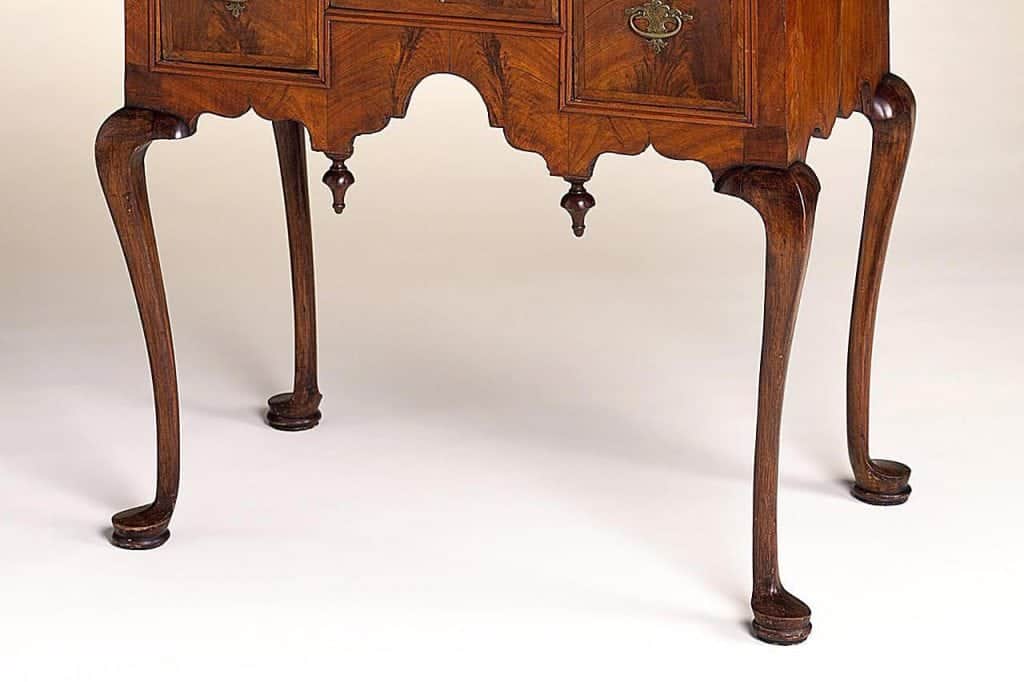
Flemish Scroll Leg
Like its name implies, the Flemish scroll leg is distinguished by scrolls at both top and bottom. The scrolls usually spiral in opposing directions.
This furniture leg style emerged in the latter half of the 17th century. Regularly found in late Baroque styles like Restoration and William and Mary.
Additionally, it was used in the work of Gerrit Jensen, a cabinet maker for King Charles II.
Flemish scroll legs are also known as double scroll legs and S-scroll legs. The difference between these types is the part of the leg between the scrolls that curves.
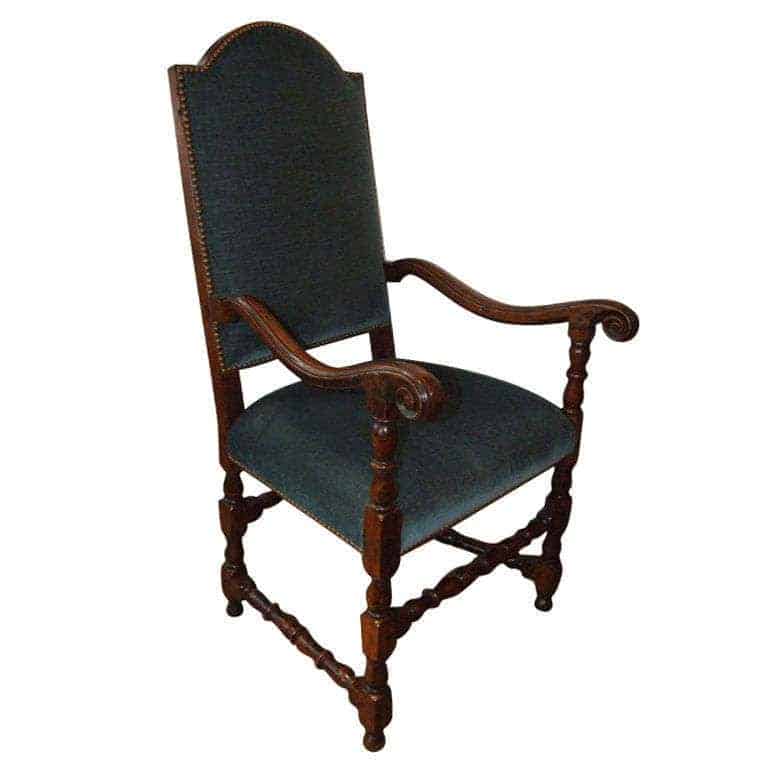
Fluted Furniture Leg Styles
Fluted legs are straight, usually ending in a plain turned toe, with evenly-spaced rounded channels running vertically along the side. However, unlike the reeded legs, the grooves in the latter are concave as opposed to raised.
Fluted legs were inspired by columns from Greek antiquity, with their popularity peaking during the Neoclassical period in the second part of the 18th century. Later, it emerged in Hepplewhite and Classical Revival furniture leg styles.
After the 20th century, fluted legs became less common because of the popularity of the cabriole style.
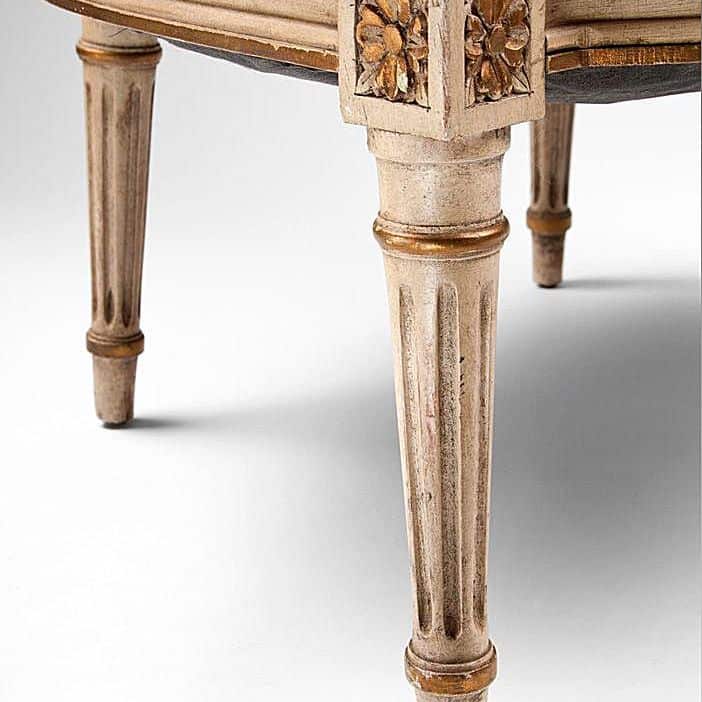
Jacobean Legs
The Tudor style heavily influenced jacobean furniture. In the beginning, the heavily decorated straight legs were bulb-turned, with the melon bulb becoming a common design choice for furniture.
Cup and cover is another name for the melon bulb.
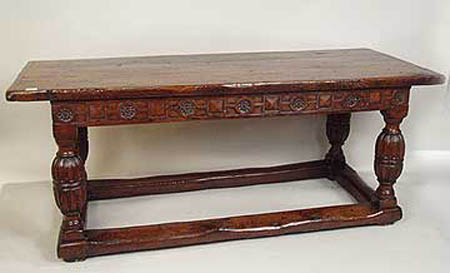
Hepplewhite
Another minimalist furniture leg style, the Hepplewhite was named after another 18-century cabinetmaker named George Hepplewhite.
It begins wider toward the top of the leg with a squared shape about four inches down. Then it tapers downwards, coming to a point at the foot.
The tapered leg begins wider at the top with a square shape about 4 inches down, before the leg diminishes to a tapered foot. It usually has a small decorative wood band about two inches above the foot.
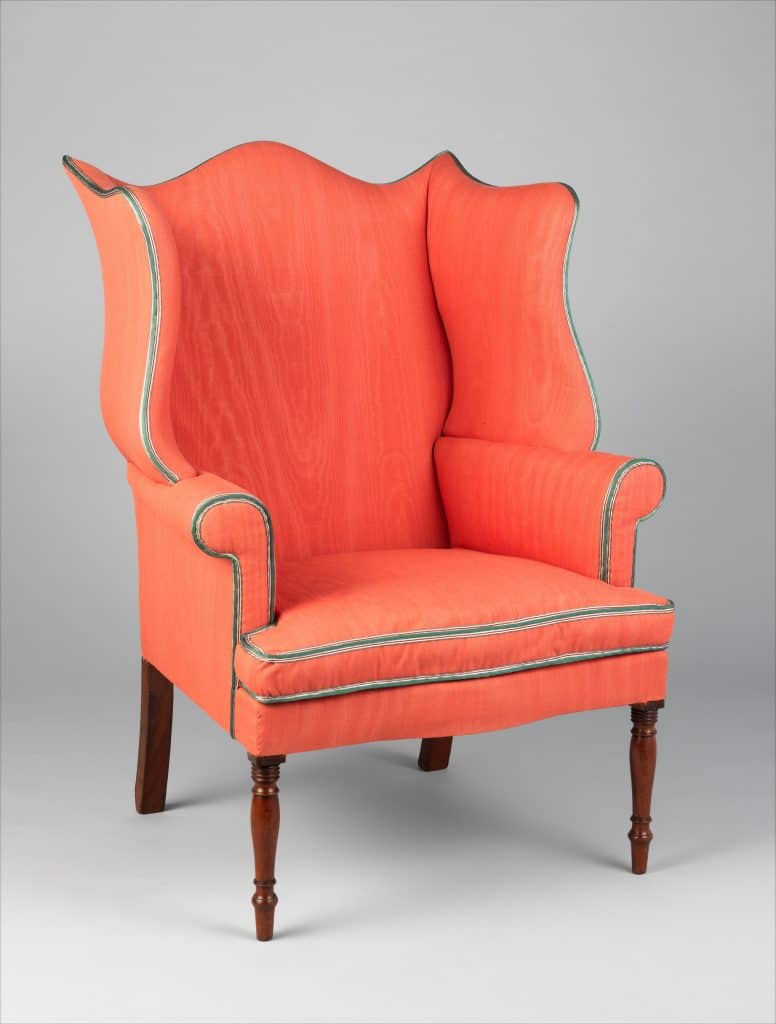
Marlborough Furniture Leg Styles
The Marlborough is one of the more substantial furniture leg styles, with a straight, square shape and little decoration. However, pieces sometimes have fluted grooves and detailed carvings.
This leg generally ends in a block foot, but sometimes lacks feet completely. Some variants of the Marlborough leg gently taper toward the bottom.
Frequently, mid-18th century English and American cabinetmakers incorporated the Marlborough leg in their designs. It is particularly common in Chippendale style chairs, tables, sofas, and bedsteads.
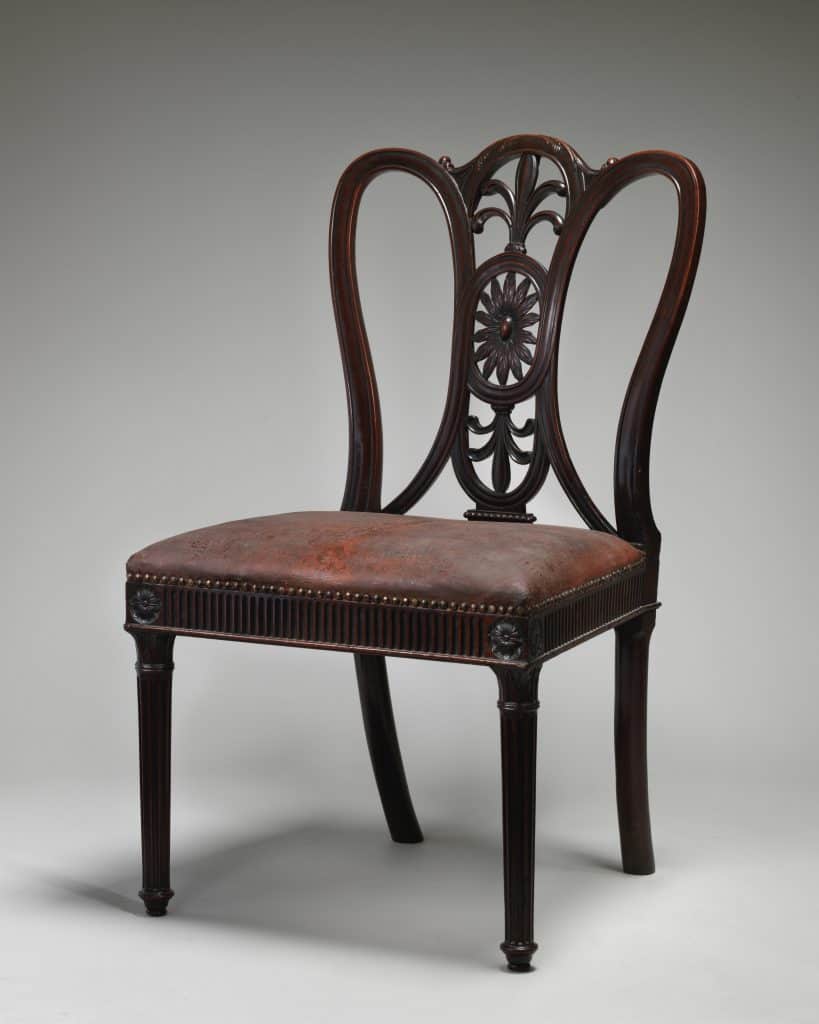
Reeded Leg
Like the fluted leg, reeded legs have carved grooves along the length. In this particular style, the channels are raised.
The design mirrors Greek and Roman characteristics and thrived during the latter part of the Neoclassic period as well as the Regency and Empire styles.
Sheraton style furniture often incorporates reeded legs in its designs.
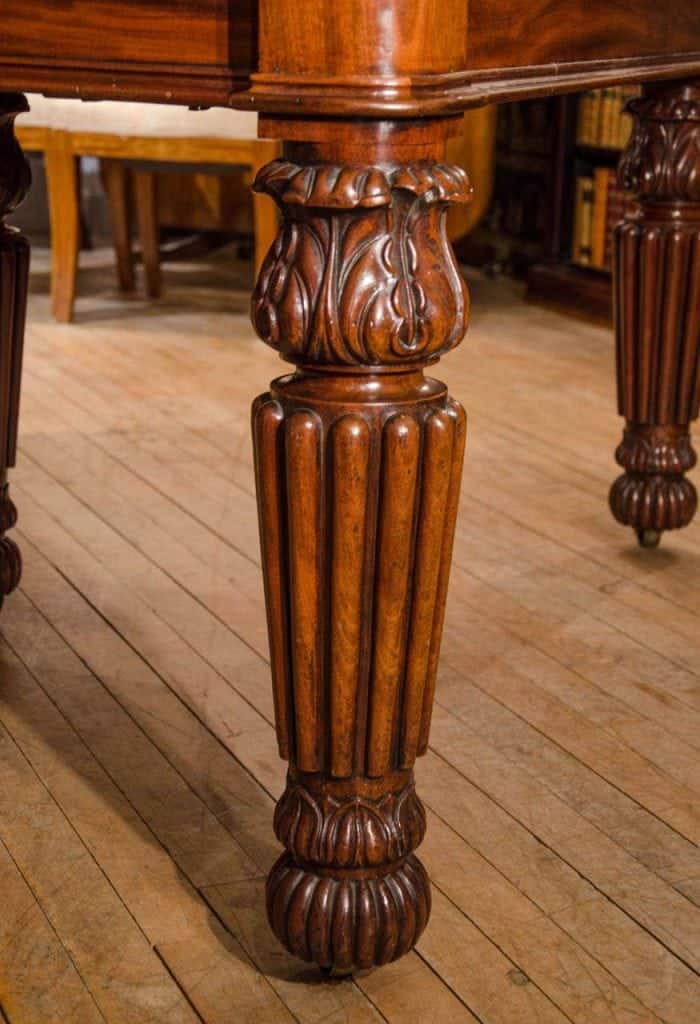
Saber Furniture Leg Styles
The saber style is a variety of splayed furniture leg that flares outward in a bent shape, much like the curved sword it reflects. Variations can be round or square-shaped but usually tapers gradually.
The earliest examples were found in the ancient klismos chair but it is usually present in stools, sofas, and chairs.
Sheraton and other cabinetmakers often used this style in the late 18th century in addition to the Regency and Empire periods.
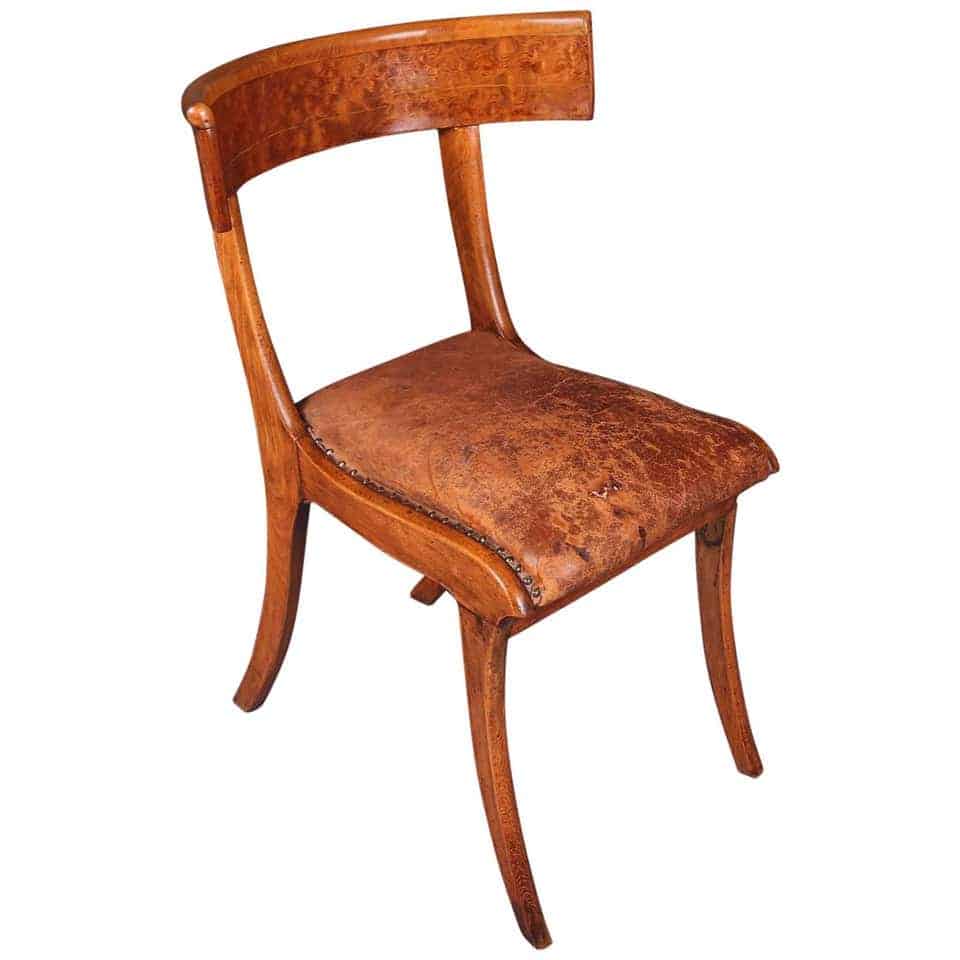
Sheraton
Thomas Sheraton transformed many aspects of design from 1790 to 1820, including furniture leg styles. While Sheraton style legs are typically straight, some taper.
The thin shape gives furniture a lighter, classic, and modern appearance. For this reason, antique Sheraton furniture is still popular and goes well in contemporary interiors.
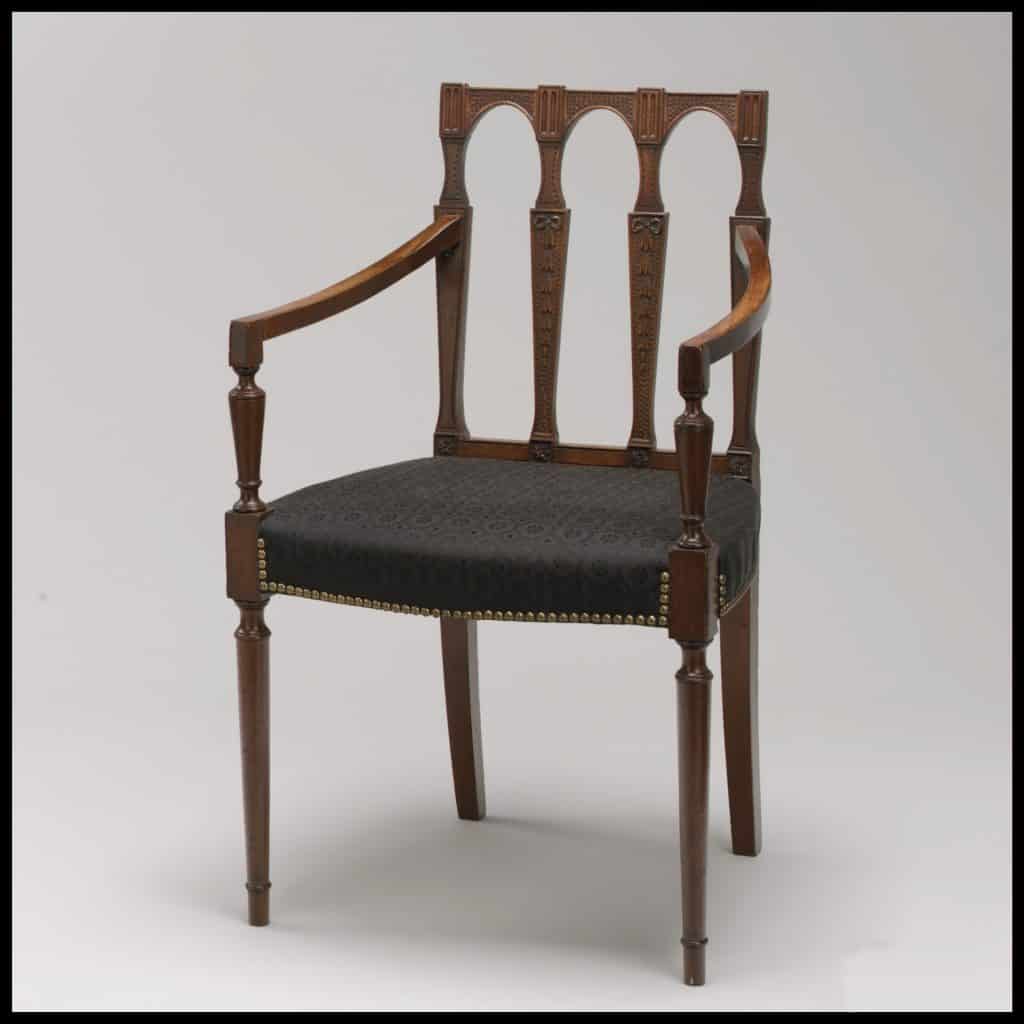
attributed to Samuel McIntire | Source: The Metropolitan Museum of Art
Spider Leg
Spider legs’ slim, delicate shape makes them ideal for table legs, especially 18th and 19th century pieces such as candlestands, tea tables, and other moveable, lightweight pieces.
The legs typically reach under a round table surface in a set of three or four. Not all legs ended in feet, but those that did were usually spade-shaped.
In the early 18th century, a type of spider leg ending in pad feet was popular for gatefold tables. The light supports allowed for easy extension by moving outward.
Spider legs, regardless of foot design, continue to be very popular.
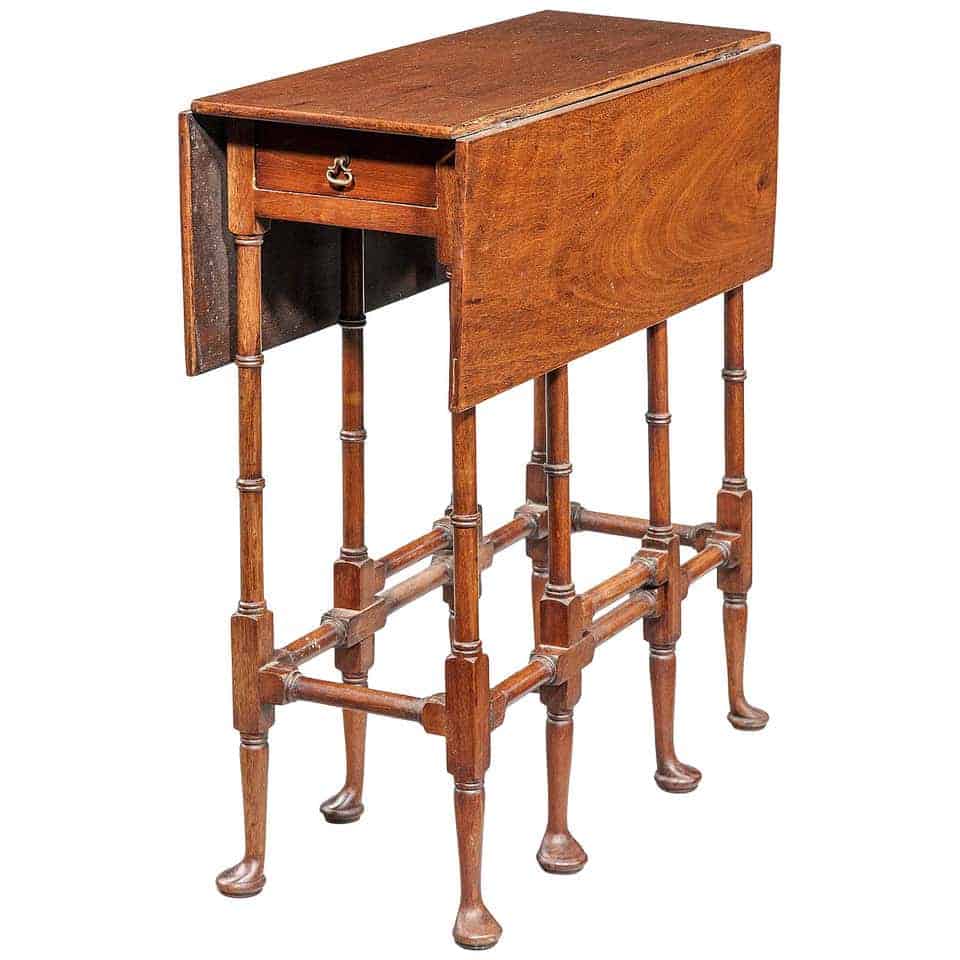
Spiral Furniture Leg Styles
Believed to arise in India, the spiral leg is one of the oldest furniture leg styles. It looks somewhat like a twisted piece of rope.
The design was first introduced to Europeans around the middle of the 17th century in Portugal and Holland. The spiral leg came to England when Charles II married Portuguese royal Katherine of Braganza and was immensely popular from 1660 to 1703.
Spiral legs are typical of Restoration and William and Mary pieces. However, it re-emerged during the late Empire and Federal periods and again during the Victorian age.
Other names for the spiral leg include the spiral-twist, barley-twist, or barley sugar column, particularly in England.
17-century designs feature spirals running down the length, similar to a barbershop pole. And in some cases, three uniform cylinders finishing in a rounded knob foot separate these twists.
The spiral leg has reappeared throughout history, not just in Europe, but worldwide. Moorish, Islamic, Byzantine, Baroque, and Romanesque designs are just a few styles that used spiral-style furniture legs.
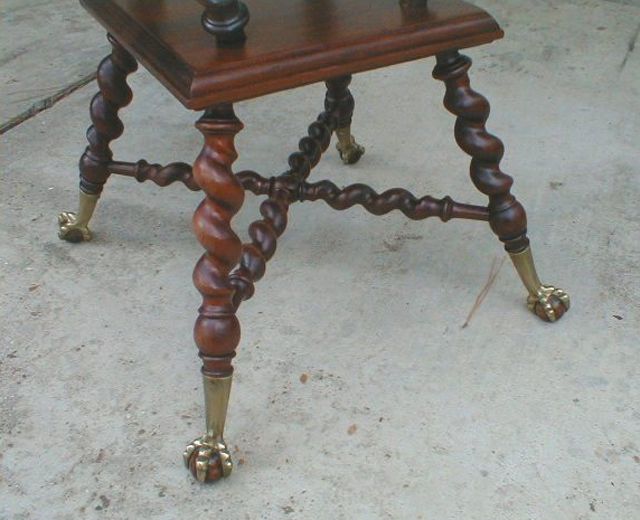
Trumpet Leg
As its name implies, this thicker furniture leg style has a trumpet-like shape which widens from a narrow base and curves outwardly.
This leg has a dome-capped top and base ending in either a ball, bun, or Spanish foot. It was particularly common during the Baroque, English Restoration, and William and Mary styles.
By and large, accent tables, highboys, and lowboys from these periods feature trumpet legs joined by a serpentine stretcher.
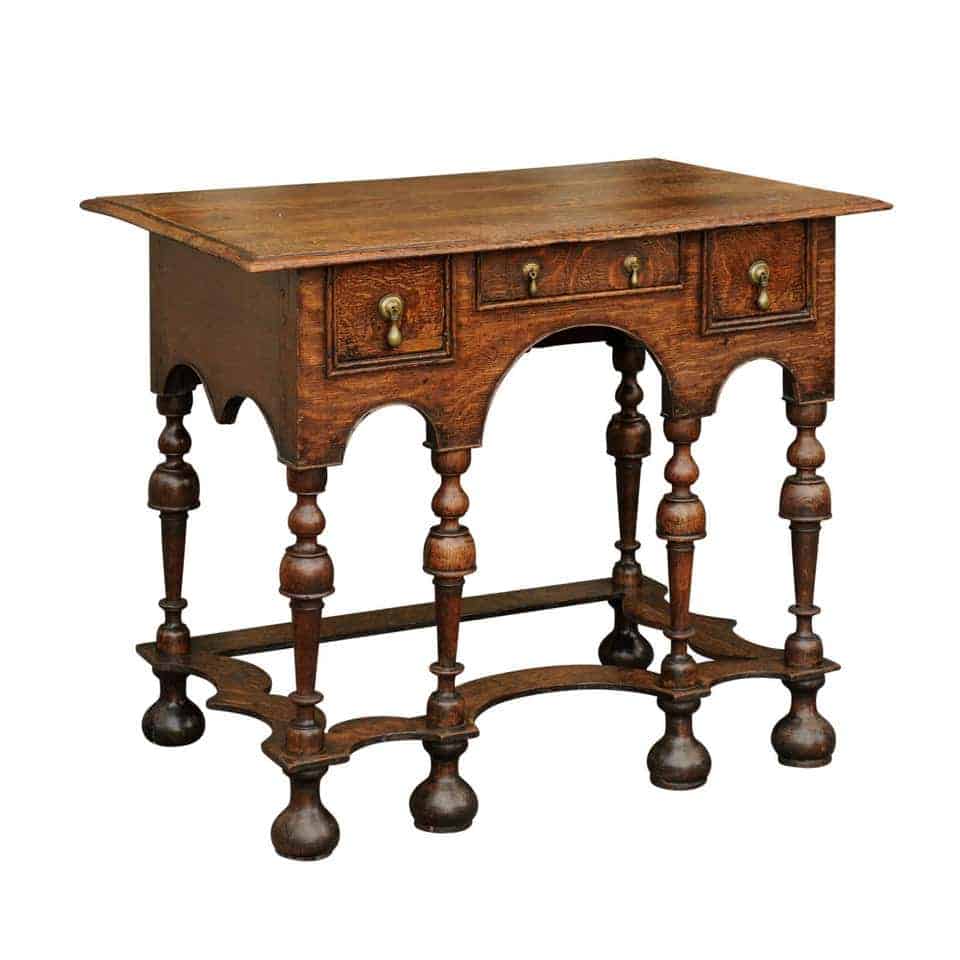
Victorian Furniture Leg Styles
Regency furniture inspired most Victorian designs, particularly around the ankle, which often has a slight flare.
Additionally, lathe-type scrolling, knobs, twists, barrels, and similar decorations usually adorned the length. Moreover, some designers used straight legs with twists and heavy caps on either end.
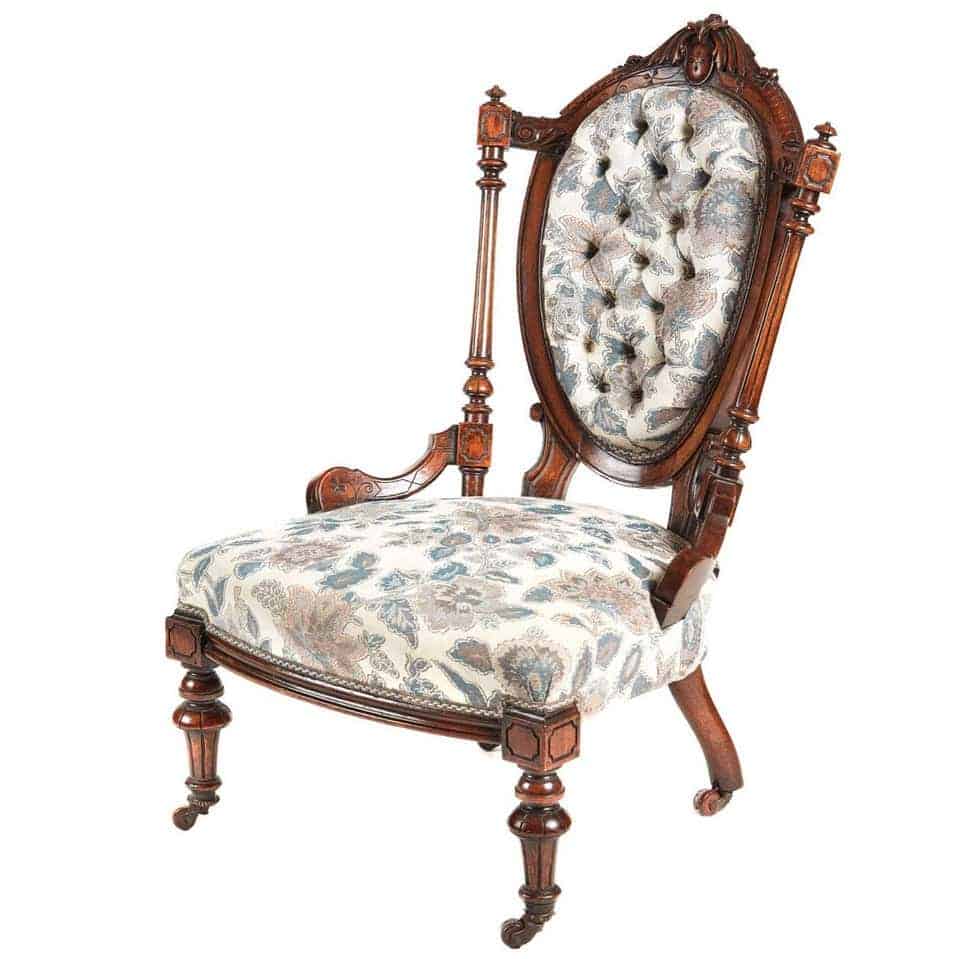
Styylish
Visit the Shop for more handcrafted, one-of-a-kind antique wood furniture.
You can also find more design tips and furniture history in the Blog.
Sources
- About the Homestratosphere Editorial Staff & WritersHome Stratosphere is an award-winning home and garden online publication that’s a result of our talented researchers and writers who work directly with hundreds of professional interior designers. “16 Furniture Leg Styles (Table, Chair & Sofa Legs).” Home Stratosphere, 17 Oct. 2019, www.homestratosphere.com/furniture-leg-styles/.
- Carrocel. “Quick Run-Down Of Furniture Leg Styles And Their Names.” Carrocel Fine Furniture, 24 Oct. 2018, www.carrocel.com/furniture-leg-glossary/.
- Ellis-Kelly, Benita. “Know Your Antique Furniture Legs (Part 1).” Kernow Furniture, 9 Sept. 2018, kernowfurniture.co.uk/blogs/news/know-your-antique-furniture-legs-part-1.
- “Jacobean Tables.” Elizabethan Era England Life: History & Facts –, elizabethanenglandlife.com/Jacobean-Era/jacobean-tables.html.
- Wiggins, Pamela. “These Are 9 Examples of Antique Furniture Leg Styles.” The Spruce Crafts, The Spruce Crafts, 12 Dec. 2019, www.thesprucecrafts.com/know-your-furniture-leg-styles-4053726.

